RJ Market Watch
GJSCI launches J.A.D.E, bridges the gap between the jewellery and IT sectors
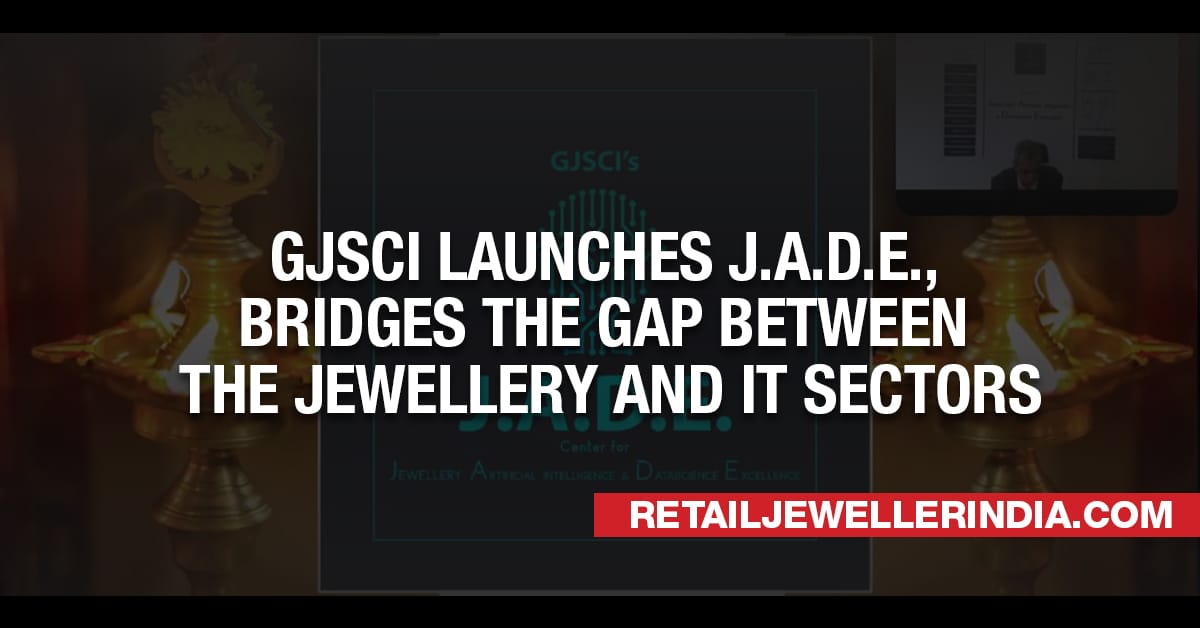
With digital fast becoming the new normal, GJSCI ramps up the transformation of the gem and jewellery industry by employing weapons in the form of artificial intelligence, machine learning and data science
With Covid bringing in a lot of changes to the world economy, the digital transformation of the gem and jewellery industry has been wholesome too. Speeding this development further, artificial intelligence and data science joined hands with the gem and jewellery arena for the first time in history.
As a step in this direction, the Gems and Jewellery Skills Council of India (GJSCI) launched Jewellery Artificial Intelligence and Data-science Excellence (J.A.D.E) in a virtual ceremony on Monday. Gracing the event as chief guest was Subhasis Chaudhuri, director of IIT Bombay, and Manish Kumar, MD and CEO of National Skill Development Corporation (NSDC). Other dignitaries present were Sanjay Kothari, chairman of GJSCI, Rajeev Garg, ED and CEO of GJSCI, Dr Anand Deshpande, chairman of Persistent Systems, Colin Shah, chairman of Gem and Jewellery Export Promoton Council (GJEPC), and PR Somasundaram, MD of World Gold Council.
J.A.D.E is a center of excellence for artificial intelligence that focuses particularly on the gem and jewellery industry, an important $90-billion segment in India. A country that employs over five million people in the sector and has 90% of the world’s diamonds processed, needs a transformative boost quickly, and the center is a push towards that direction.
This first-of-a-kind center on AI will be working on the problems faced by manufacturing units, exporters, and retailers in the gems and jewellery industry. The key challenges in manufacturing like minimizing rejections, poor hit-ratio of designs (which is in single digit presently) and high-market returns will be tackled using the AI and data science techniques. This center will help find solutions for industry at large, and individual units as well.
The initiative comes after tireless efforts done over the past year by GJSCI, in association with various organizations and experts. Two of the biggest Indian industries — jewellery and IT — will be coming together to solve the challenges using AI, machine learning and data science technologies, thanks to a helping hand by IIT-Bombay. Large and small jewellery companies and IT majors have been supporting the initiative. The proof of success is in the pudding: 17 MoUs have been signed, which includes Persistent Systems and IIT-Bombay. Four pilots are currently in process and the results can be expected within six to eight months. Once the curtain is raised commercially, the technology will be available across the sector for everyone’s benefit.
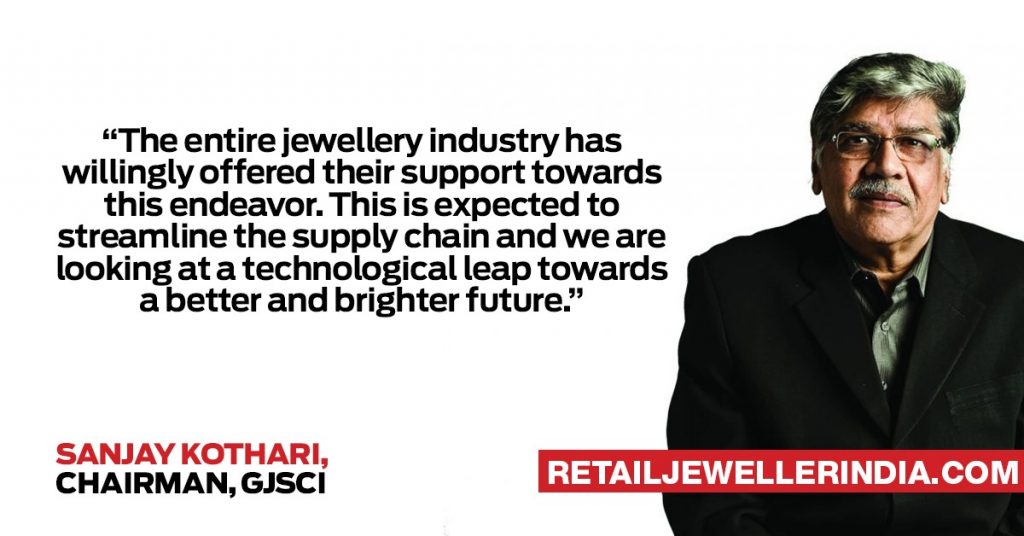
The session began with an enlightened note by Kothari, who impressed upon the historical significance of the development which was bringing the two industries together. “The entire jewellery industry has willingly offered their support towards this endeavor. This is expected to streamline the supply chain and we are looking at a technological leap towards a better and brighter future,” he said.
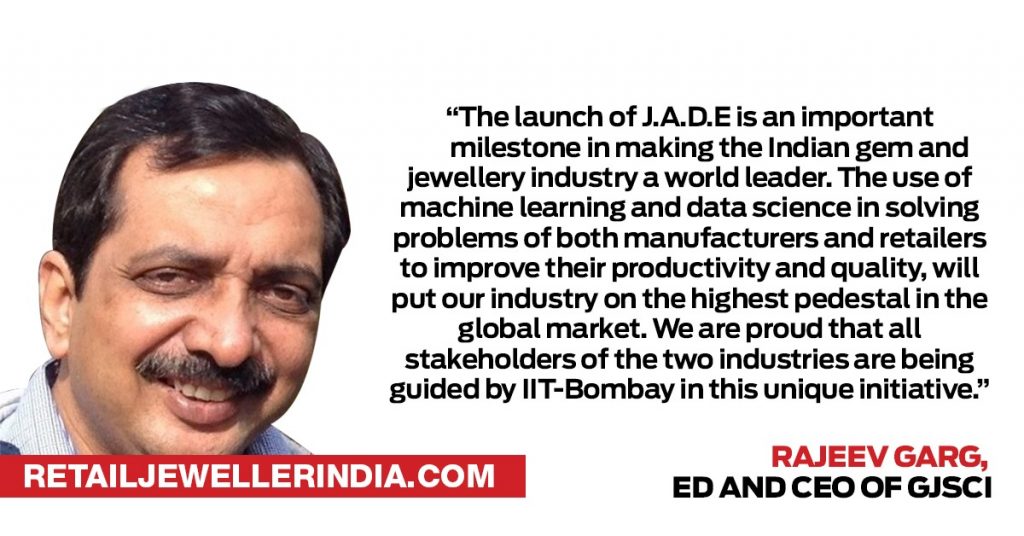
Rajeev Garg echoed on the sentiment because this is bound to increase the efficiency of the industry manifold. “The launch of J.A.D.E is an important milestone in making the Indian gem and jewellery industry a world leader. The use of machine learning and data science in solving problems of both manufacturers and retailers to improve their productivity and quality, will put our industry on the highest pedestal in the global market. We are proud that all stakeholders of the two industries are being guided by IIT-Bombay in this unique initiative,” he said.
The chief guest, Chaudhuri, shone light on the fact that the jewellery industry happens to be the oldest one since the beginning of civilization. He drew the example of the Harappan ruins, which pushed up jewellery and apparel as the first proof of its existence. The oldest industry is now coming together with the newest, and the results are bound to be impressive.
“The collaborative efforts between various industries and academia in the field of AI will go a long way in developing industry-academia relationships and provide avenues for the future. The pilot we are conducting with four companies now is providing a venerable database,” he said.

The most interesting area where Chaudhuri thinks AI can help is design. “Data collected can throw light on customer behavior and buying trends. This, in turn, will have a direct effect in designing, where the initial process can become automatic. A worker need not start building the jewellery framework from scratch. A machine can push it out and an artisan can just fine-tune it. This will save a lot of time and help manufacturers become more effective,” he added.
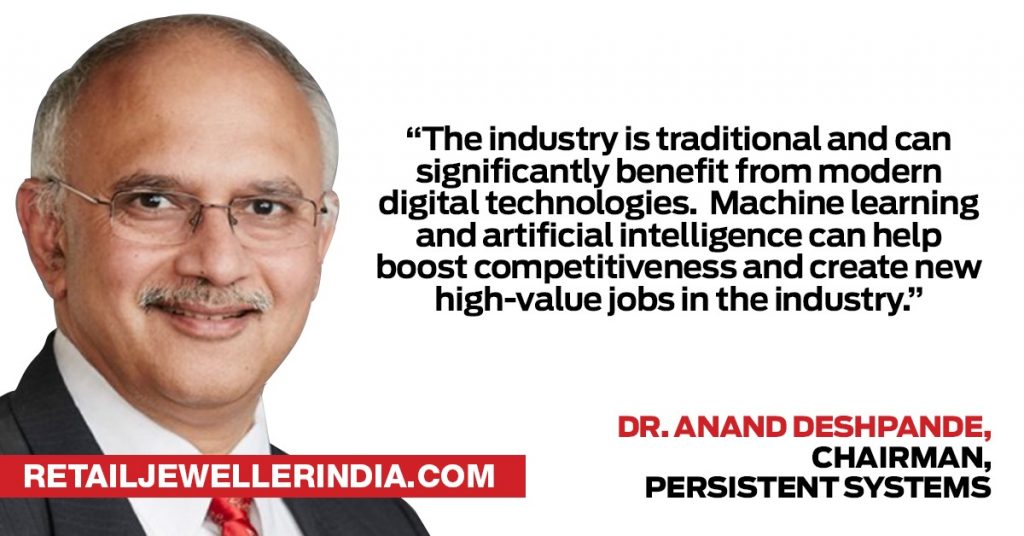
Dr Deshpande, who has been the guiding light behind the entire operation and has brought all the experts under one umbrella, is hopeful of the digital future that lies ahead. “The industry is traditional and can significantly benefit from modern digital technologies. Machine learning and artificial intelligence can help boost competitiveness and create new high-value jobs in the industry,” he said.
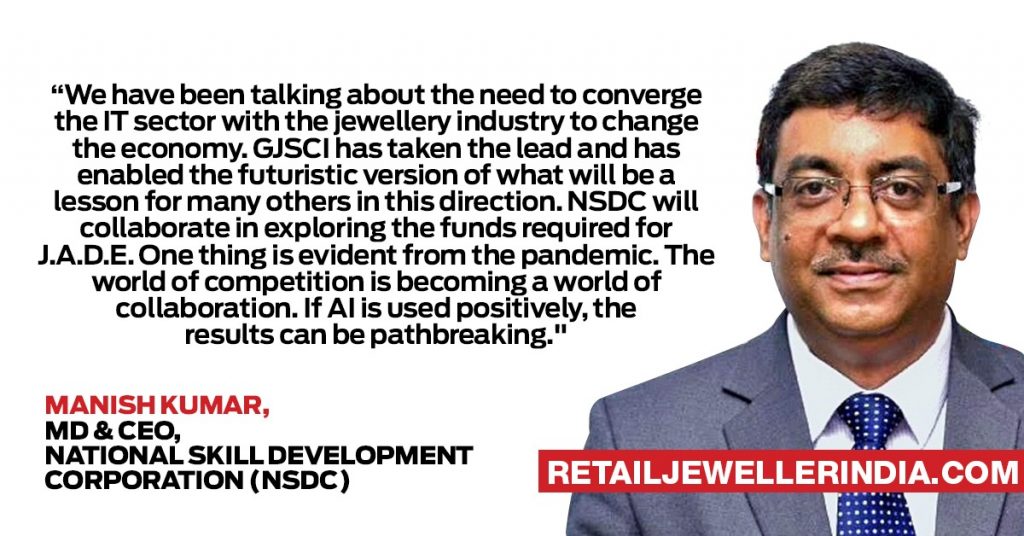
Kumar was pumped with the vision. “We have been talking about the need to converge the IT sector with the jewellery industry to change the economy. GJSCI has taken the lead and has enabled the futuristic version of what will be a lesson for many others in this direction,” he said. “NSDC will collaborate in exploring the funds required for J.A.D.E.”
He agreed that Covid has a huge role to play in speeding up the transformation. “One thing is evident from the pandemic. The world of competition is becoming a world of collaboration. If AI is used positively, the results can be pathbreaking,” he added.
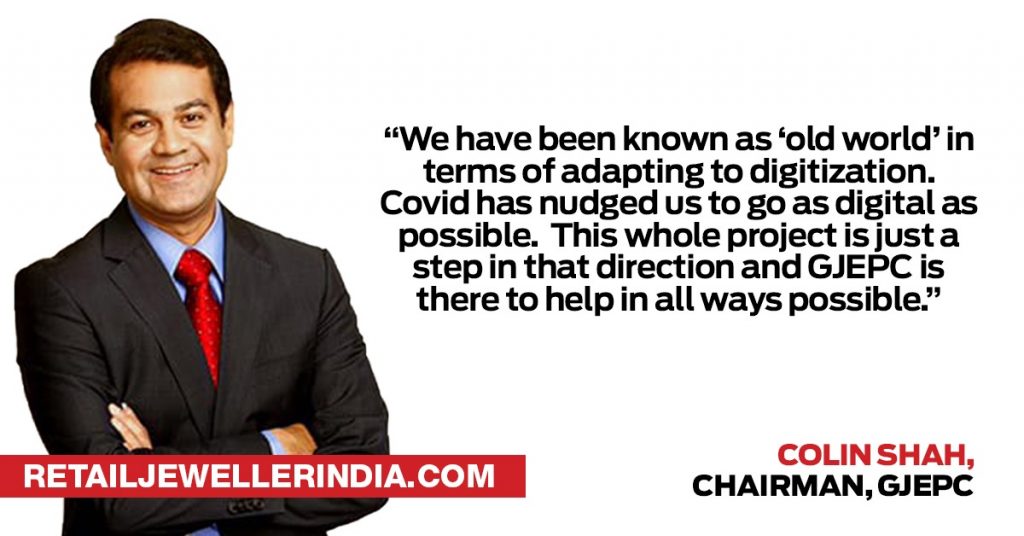
Shah, who has always been a proponent of the digitization of the sector, said, “We have been known as ‘old world’ in terms of adapting to digitization. Covid has nudged us to go as digital as possible. This whole project is just a step in that direction and GJEPC is there to help in all ways possible.”

For Somasundaram, this development was a long time coming. “Collateral benefits of moving into data driven decision-making is far greater than any individual project. I am extremely confident that this is going to be transformative. It will enhance India’s image in the export market,” he said.
The industry can expect great things from J.A.D.E as it goes forward, revolutionizing the gem and jewellery arena. What we can look forward to is the buoyant process becoming a disruptive force in the otherwise-traditional sector.
Courtesy: Retail Jeweller India News Service.

 Daily News4 weeks ago
Daily News4 weeks ago#LoveFromDad: De Beers unveils second ear-piercing drive to spur natural diamond demand among young consumers

 Exclusive3 weeks ago
Exclusive3 weeks agoUS tariff storm hits India’s gem & jewellery industry; faces major disruption threat, 1 million jobs at risk

 Wide Angle2 weeks ago
Wide Angle2 weeks agoTitan brings together Tanishq, Titan Watches and Titan Eye+ at first multi-brand store in the UAE

 Wide Angle1 month ago
Wide Angle1 month agoSaashri Jewellers ropes in actor Samantha Ruth Prabhu for grand opening of new store in Sydney





























